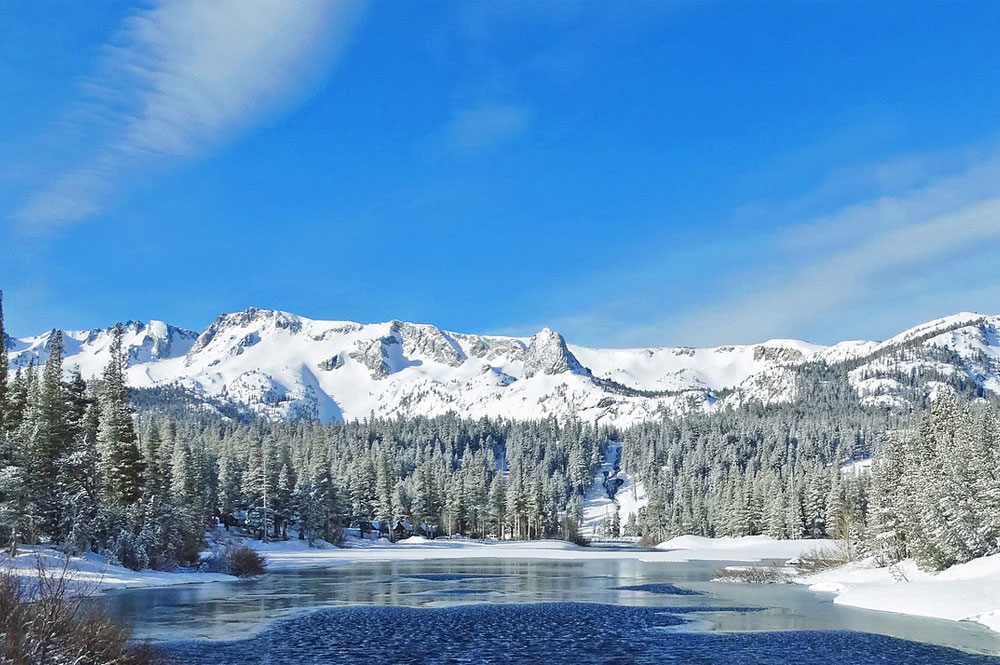How to Approach Winter Photography and Exposure
Winter Photography Guide

Photo by Don Graham. Licensed under CC BY 2.0
Winter photography will require a different approach to film photography and exposure. When a light meter measures light it measure a mid-gray point. However, because the average tone of a bright winter scene is much lighter than a medium gray, the photograph is often underexposed. This is because your light meter is averaging all the light to a medium gray, and since snow is bright white, it will be darkened to match that average. Overexposing the film will allow more light to enter the camera and brighten the snow to the natural white color. Overexposure is done by opening the aperture of the film camera.
Proper Exposure Guide to Photography in Winter
In order to compensate for the film camera light metering, you must overexpose your images so that snow looks white. Keep in mind that film photography in the winter can be difficult and may take some time to learn. However, you may follow these basic photography techniques to help get you started:
- If the snow on the ground is fresh and pure white, try metering the pure white snow. With the light meter reading you get, open your aperture by 2 f-stops.
- If there is detail in the snow, foot prints, grass sticking out, or shadows, you will only have to open your aperture by 1 or 1 ½ f-stops.
- If it is an overcast day, your image will be even more gray than usual. It is suggested that you open your aperture by at least 2 ½ stops to overexpose. Please be advised that overcast days typically lead to dull color or gray photos. Therefore, an overcast day with snow on the ground will be even more difficult to capture full color or gray tones. It would be advised that beginner photographers always make use of sunny days to help achieve good exposure.
Additional Photography Tips for Winter Photography
Keeping your film camera protected in the winter and snow is essential. Snow falling on your camera poses a big threat for numerous reasons. Mainly, if snow gets on or in your lens, every photograph taken may have a water drop mark on it. Also, every camera with a metering system or automatic features will contain a small battery in the bottom of the camera. It is essential that your battery is kept warm so that it does not go bad. However, the camera body itself should actually be kept cold. While keeping your equipment cold may not be generally recommended, a change from cold to warm may cause some condensation to appear on the lens and render it nearly useless for a few hours.

















